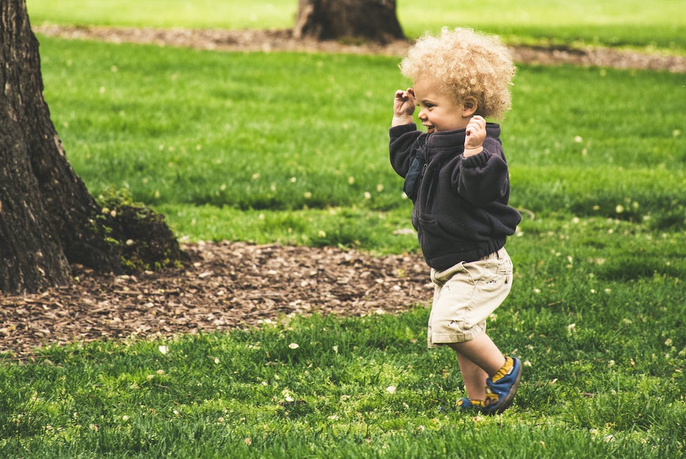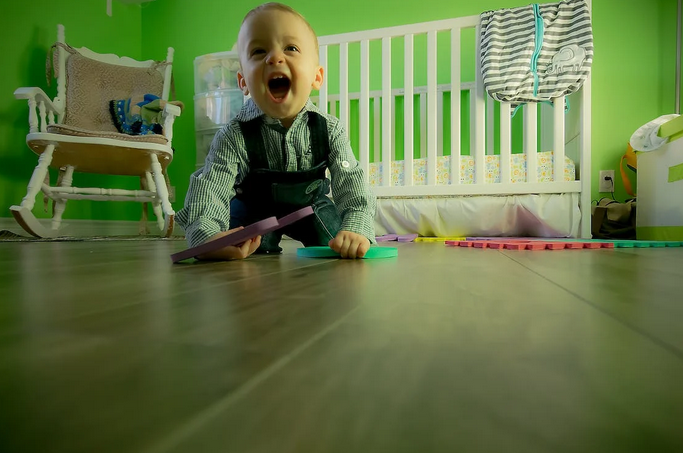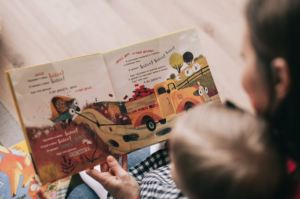
As a teacher, you know that having the perfect learning environment is invaluable for your young students. It sets the tone for their growth and development, so it’s essential to get it right. But how can you ensure that what you create isn’t just educational but fun and even promotes eco friendly alternatives? Designing spaces specifically tailored to toddlers can be difficult- after all, they need furniture and materials that are both durable and stimulating. That’s why we’re here to help: today, we’ll discuss how to create an engaging space where your toddlers can learn while still feeling inspired by their surroundings. Read on to find out our top tips for designing the perfect learning environment.
Change the Furniture to Suit the Little Ones
Toddler-friendly furniture is essential for creating a comfortable learning environment. This means investing in ergonomic desks and chairs that are the right size, as well as materials that are safe and age-appropriate. As much fun as it may seem to fill up your space with bright colors and patterns, make sure you aren’t introducing hazards like small parts that can become choking hazards. In addition, plenty of open space will allow your toddlers to move around freely, helping them to learn and explore.
Create Zones of Learning

Designating zones in a classroom can help toddlers focus their attention. For example, an area with books and quiet activities can be used as a reading corner, while another section could be dedicated to dramatic play and imaginative play. Be sure to also create spaces for movement and activities like hopping, jumping, and crawling. This will help your toddlers stay active while practicing important skills like self-regulation and problem-solving. You can also add toys and other items in these zones that encourage creativity and exploration.
Ensure Each Area Serves a Purpose
It’s important to ensure that each area in the room serves a purpose. This could include an art corner where toddlers can express themselves through painting and drawing or a manipulative center for developing fine motor skills. You could even have a sand table for sensory exploration or a dollhouse for imaginative play. Regardless of your choice, ensure that you are actively incorporating activities into the learning environment.
Use Visual Cues to Guide Toddlers
 Visual cues such as signs, labels, and pictures can be incredibly helpful when it comes to guiding toddlers in their learning. For example, a sign stating “Quiet Area” or a picture of a child with her hands on her lap can help to remind your students of the expectations and boundaries. Visual cues are also a great way to indicate where certain materials or toys should be kept, aiding in classroom cleanliness. Nothing can be more distracting than a messy space, so use visuals to help keep your toddlers organized and on track.
Visual cues such as signs, labels, and pictures can be incredibly helpful when it comes to guiding toddlers in their learning. For example, a sign stating “Quiet Area” or a picture of a child with her hands on her lap can help to remind your students of the expectations and boundaries. Visual cues are also a great way to indicate where certain materials or toys should be kept, aiding in classroom cleanliness. Nothing can be more distracting than a messy space, so use visuals to help keep your toddlers organized and on track.
Ultimately, keep in mind that as toddlers grow older, their needs will change and develop accordingly. Therefore, it’s important to stay up to date on the best practices for designing a toddler learning environment and be prepared to adjust as needed. With a few simple tips, you can create an engaging space that will foster the growth and development of your little ones. So go ahead, get creative, and have some fun. You’ll be sure to see results in no time.
